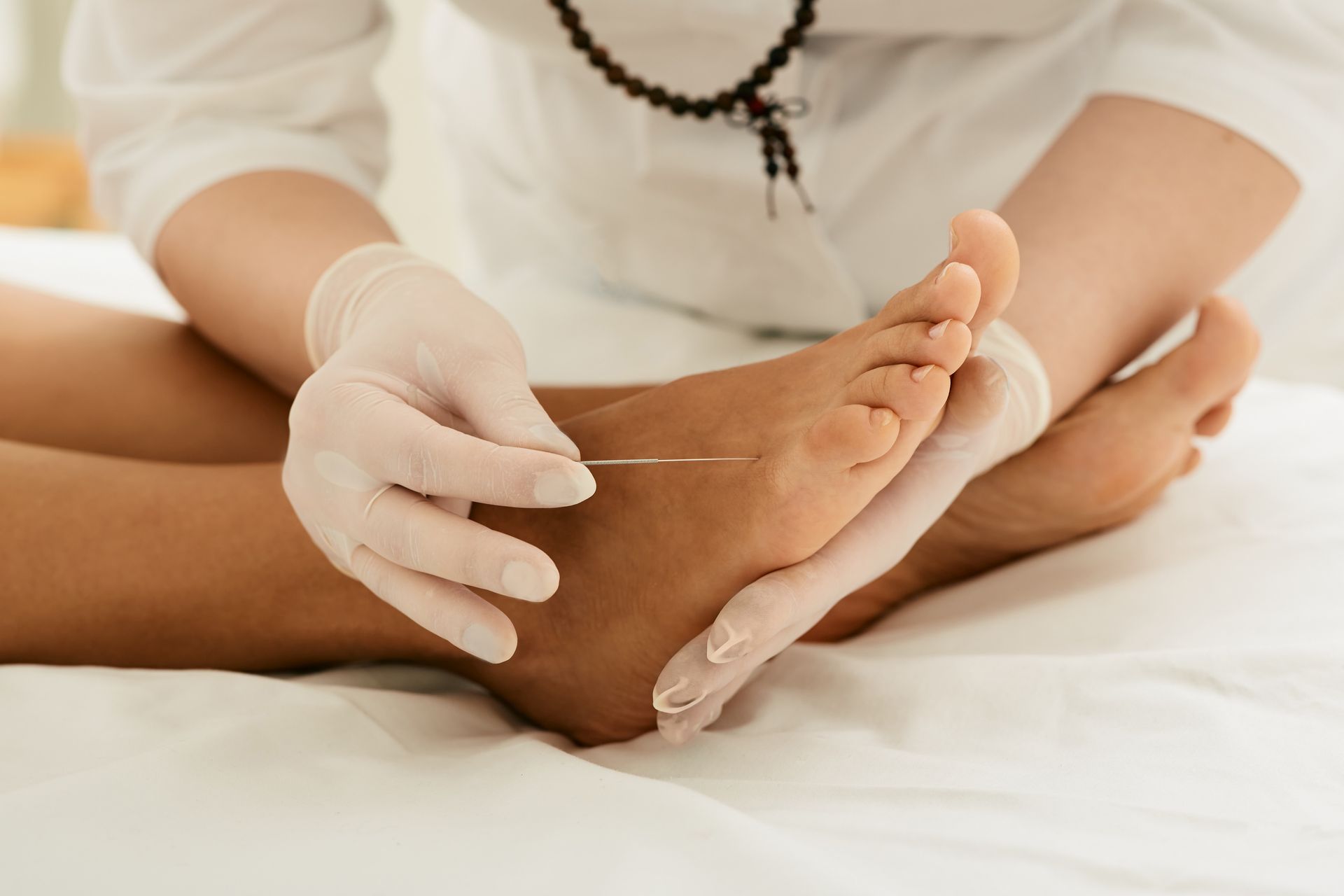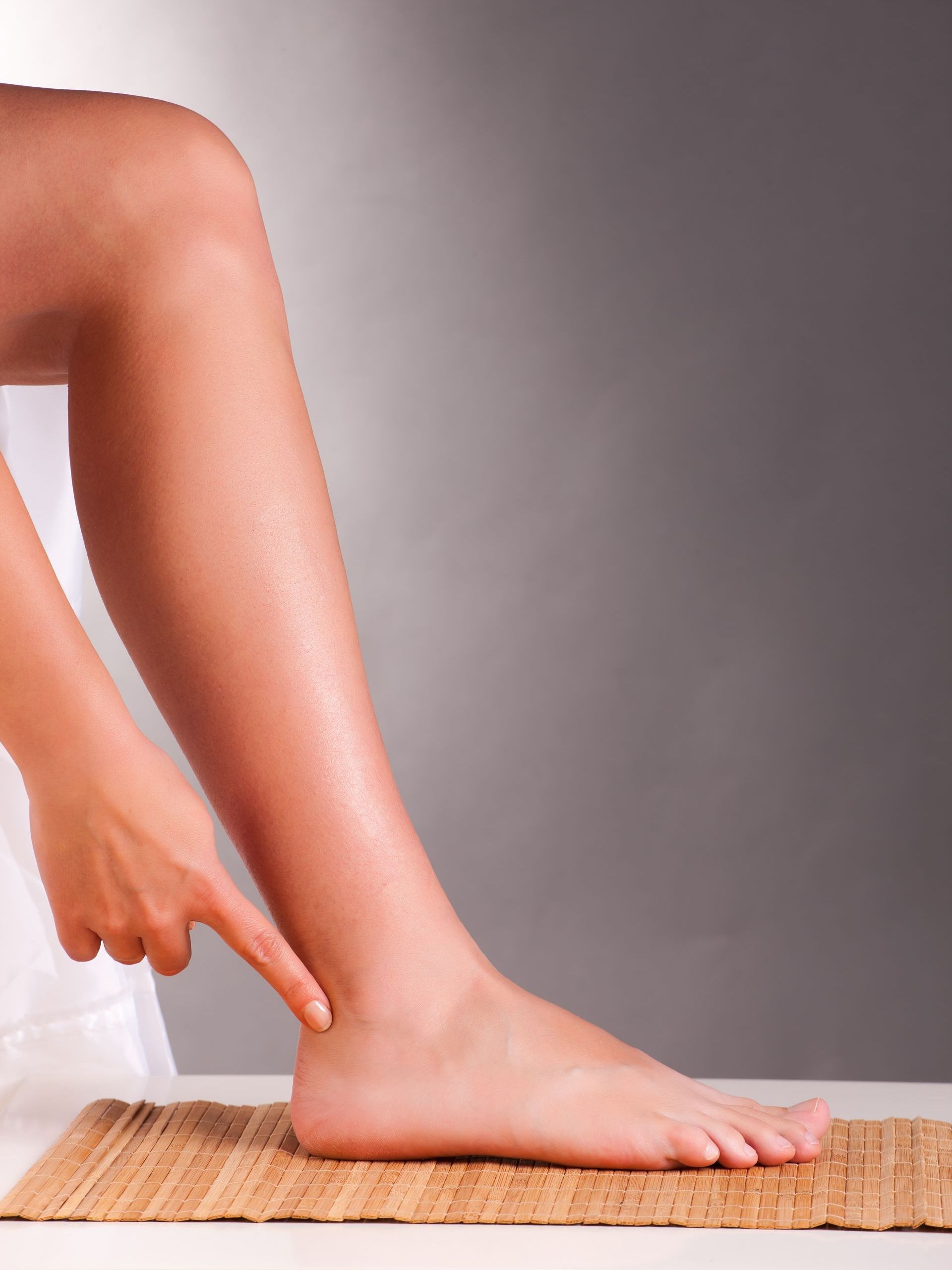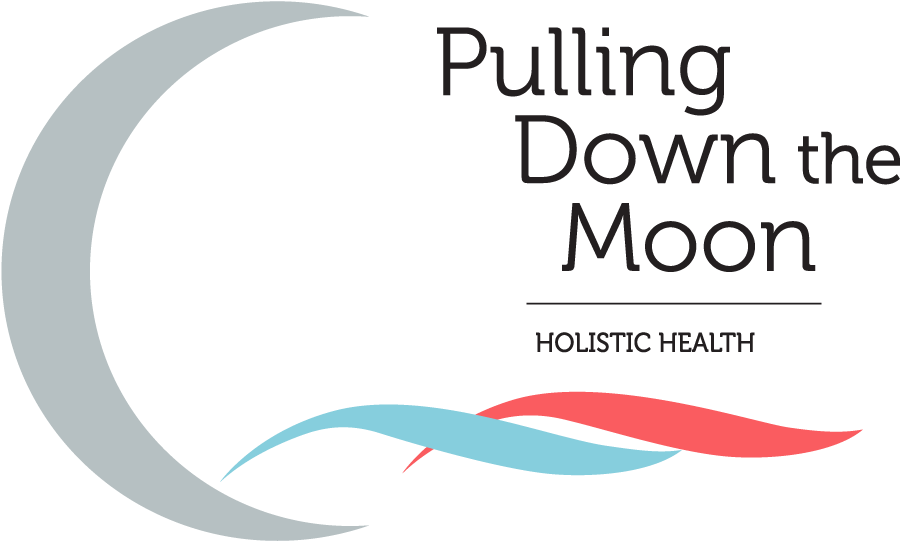Kidney 3 Acupuncture Point
My first exposure to the world of Traditional Chinese Medicine (TCM) happened after I had been hit by a car on my bicycle. It was a bad accident, could have been worse. As I was healing, I was introduced to a practitioner of reflexology who told me about the connections of his work to TCM. I picked up a book about reflexology, then another, then a third. I started practicing on myself, my family, and my friends. I was able to get rid of headaches, reduce allergies, aid digestion, relieve pain … all by touching someone’s feet! I was hooked. If you’ve ever seen or perhaps experienced reflexology, you know that there are zones, like a map, on the hands and feet (I later learned that the ears and even the whole body can be used similarly) that are a microcosm or imaging of the whole body. You can treat these zones with massage, acupuncture, and many other techniques to affect other areas in or functions of the body to achieve relief from symptoms and whole body wellness. Like a reflex, by stimulating one area, you get results in another.

The reflex area that is most closely related to the reproductive organs in men and women is the inner ankle and around the inner heel of the foot. But let’s back up a second …. If you’ve experienced acupuncture before, you know that there are tiny needles inserted into specific points on the body to allow healing and wellness to be achieved. Did you know that those points are on pathways (we call them channels or meridians) that flow like a network throughout the body? The points themselves are known as access or entry points into the channel (the word for acupoint in Chinese is xuéwèi 穴 which literally means “tiny hole. So, when we stimulate these points, we are accessing that pathway that flows throughout the body to get blood and qi (pron “chee" – meaning function and energy) to move and regulate any problem that might be occurring on that pathway and it’s connections. The pathways/meridians are named for the primary organ that they connect with in the torso, that performs specific activities and functions in the body. The one that goes to the heart is called the Heart Meridian; the one that goes to the Lungs is called the Lung Meridian, etc.
In TCM, the ability to reproduce is determined to by the health of the Kidney organ. Notice that I use a capital ‘K’ because in TCM, the Kidney is responsible for much more that detoxification and maintaining fluid balance as it is in Western-style physiology. In TCM, Kidney is kind of like your batteries. It contains your genetic material (not referring to DNA – this is TCM terminology, not Western), your fire. It’s what was received by you from your parents and what you pass on to your offspring. It is also your foundation energy source. When the Kidney is depleted, you might feel fatigue, difficulty sleeping, lethargy, low libido and might experience things like extreme weight loss or weight gain. When Kidney is not working correctly, you might have trouble with the emotions of fear or an overactive flight/fight response. Because the Kidney is your foundation/fire/most primal energy source, struggles with fertility are not uncommon when it is out of balance.
Like a battery, you cannot get more material once it has been depleted and you were only given a certain amount to begin with. In TCM, we describe the process of aging by how the Kidney is functioning. How you live – getting enough rest, eating well, reducing stress, not abusing drugs/alcohol, having sex (but not too much!) etc – will impact how you preserve this material. However, TCM is an excellent way to help protect and preserve this material and to help it to be best expressed, particularly during the time while you are trying to conceive.
So, this brings me to my favorite
acupuncture point for fertility: Kidney 3. In the West, we use a numerical demarcation for each acupuncture point, but in China (and other Asian countries), there is a poetic name for each point. In Chinese, Kidney 3 is called Tai Xi 太谿 which means Great Ravine. It’s called that because it is in a depression between the medial malleolus (your ankle bone on the inside) and your Achilles tendon. Kidney 3 is located in the inner ankle, the reflex area for the organs of reproductive function and fertility. This point is known as the Yuán or source point on the channel. Yuán points are critical for accessing the power of the organ for which the channel is named, addressing the root cause of the problem. While it is misleading to say that certain points are “good for specific ailments or disease, we can say that the yuán point on the Kidney channel, Kidney 3, is very effective for all things Kidney – including fertility.

I use Kidney 3 acupuncture point in almost every acupuncture treatment that I do for fertility. It’s that important! So, what can you do between treatments to help benefit this point and the Kidney channel / organ? It’s easy! Just gently massage the point each day. You can grab around to the other side of the ankle and get it from both sides if that’s easier. Use the pad of your thumb to perform gentle, rhythmic circles on the point. You can use a little bit of pressure, but not too hard. If you come for acupuncture treatment, you may also receive treatment with moxa on this point, an herb that has been charcoal-ized and is burned and held over the acupoint to warm it up.
So, for trying to conceive or just wanting to get a boost of energy and help to promote longevity, make sure to include stimulating Kidney 3 a little bit each day! Learn more about the benefits of Acupuncture or schedule an appointment today!
Meet Tamara Quinn
View Profile: Co-Founder of Pulling Down the Moon
Tami, the Co-Founder of Pulling Down the Moon, played a pivotal role in transforming the care provided to women facing infertility. After a corporate career, she sought balance and meaning through yoga and ancient healing practices, eventually leaving the corporate world. Tami became a registered yoga teacher (RYT), immersing herself in mystical yogic traditions such as Kriology and Ayurveda. She also attained the status of a reiki master, a disciple of Kriya yoga, and an ordained Swami. Utilizing her extensive training, Tami creates fertility rituals, meditations, and yoga classes tailored to women dealing with infertility, some of which are highlighted in her co-authored book, "Fully Fertile, A 12-Week Plan to Optimal Fertility." Her journey remains ongoing as she continues to learn from her Guru and her students, demonstrating a deep commitment to her path.
Share on Social
Discuss With Us
Our Latest Resources




